Last month, the children received a donation of knitted ponchos and beanies from the Learn to Play team in Gaborone, which will help keep the children warm during the frigid winter months. They also received a donation of tables and chairs so that they no longer had to sit on the cold concrete floor during their playgroup sessions. Despite being located in the heart of the Kalahari Desert, the temperatures often drop below freezing in the town of Kacgae. The chairs and these winter woolies will help keep their small bodies warm and allow them to come to the playgroup even on those particularly cold and windy days.
After a long and arduous process, we have recently received the compliance certification which licenses our playgroup as an official early-childhood learning facility. This is the first community playgroup under Learn to Play’s nationwide playgroup roll-out that has received such accreditation and we are incredibly proud that the council has honoured us so. All in all, the playgroup continues to be an exciting addition to our activities within the Kacgae community – providing jobs for mothers and learning opportunities for youngsters that they did not have before. We are so thankful to our partners at Learn to Play for working with us to make this playgroup a reality. The smiles on the children’s faces make it all worthwhile. Wouldn’t you agree?

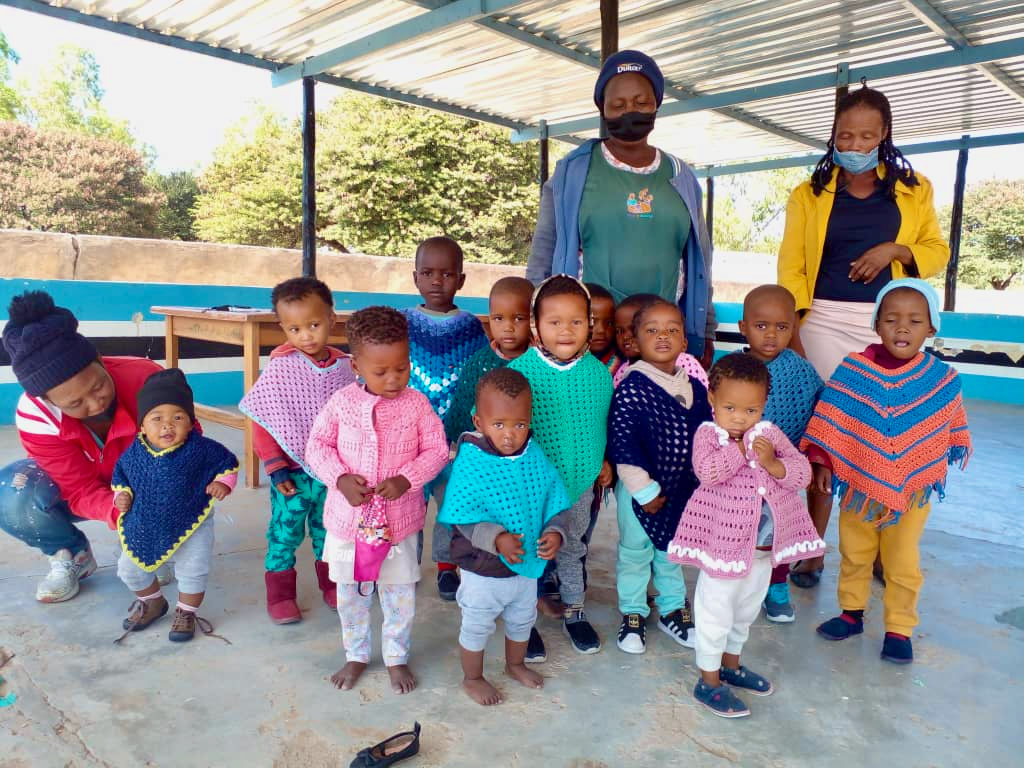
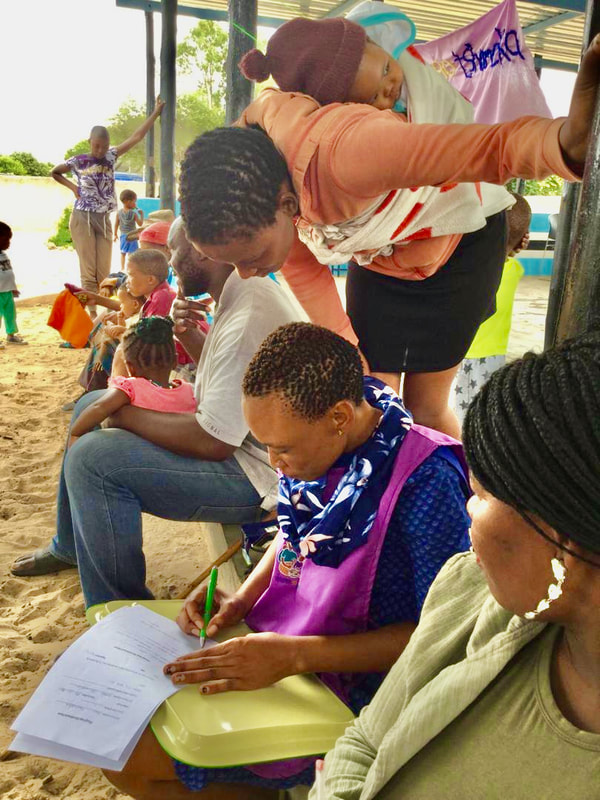
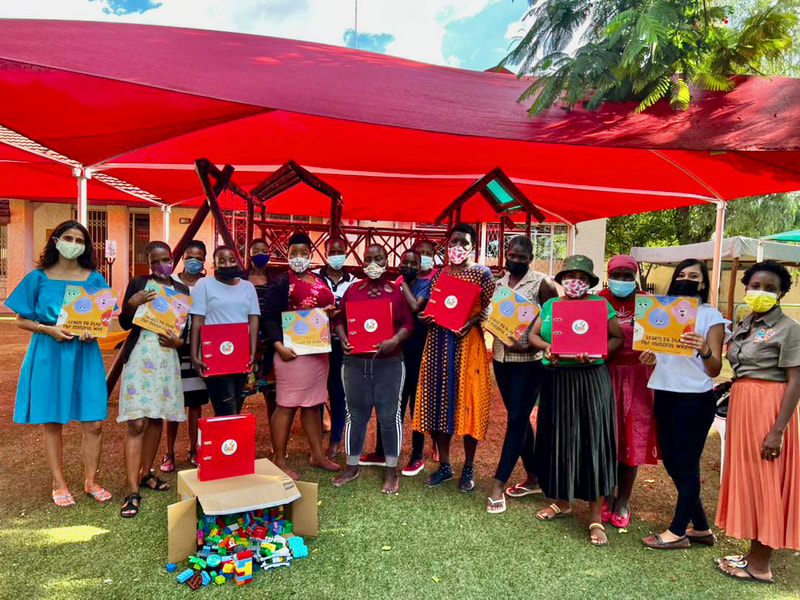
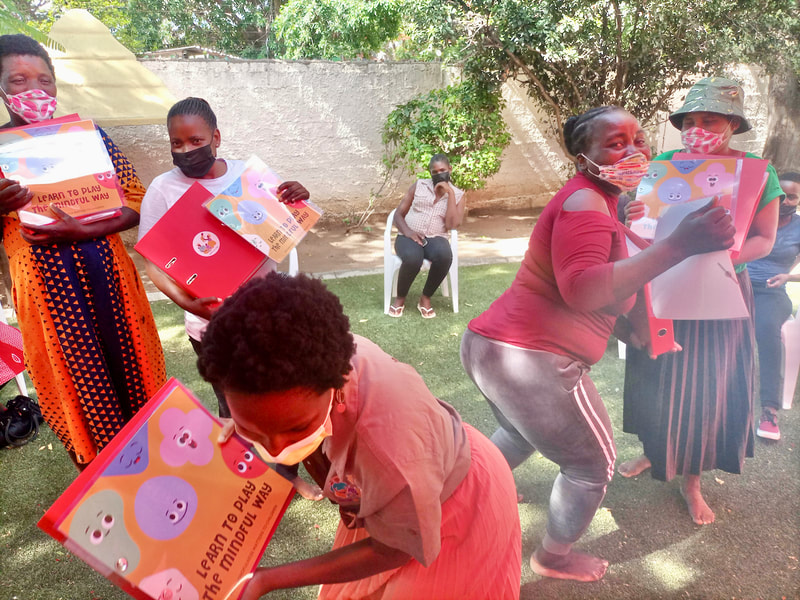
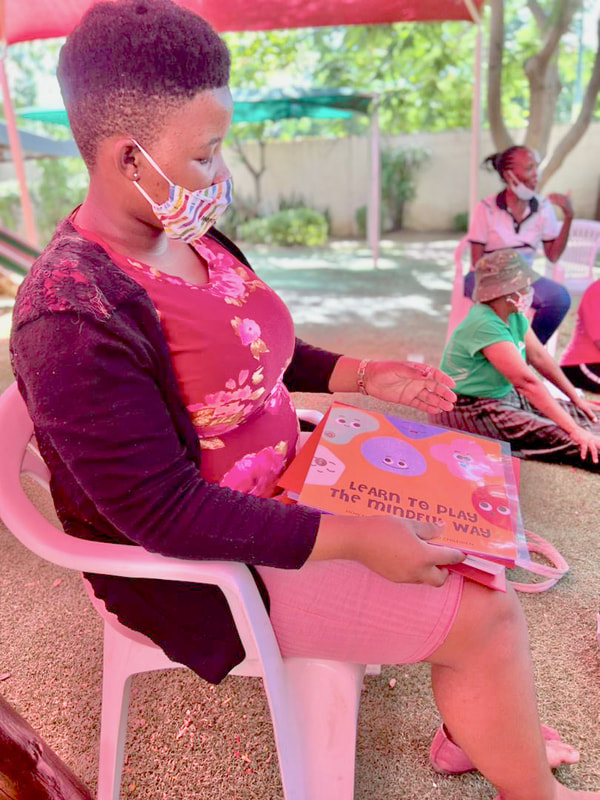
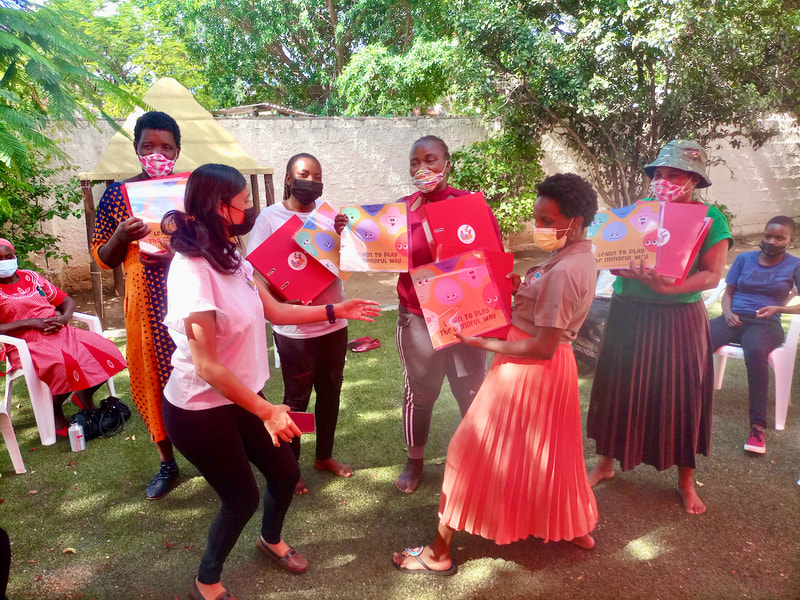
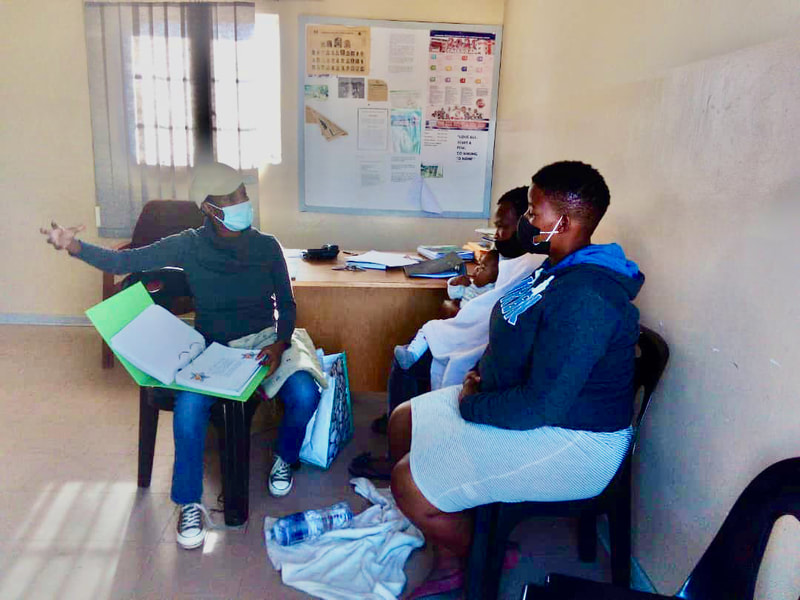
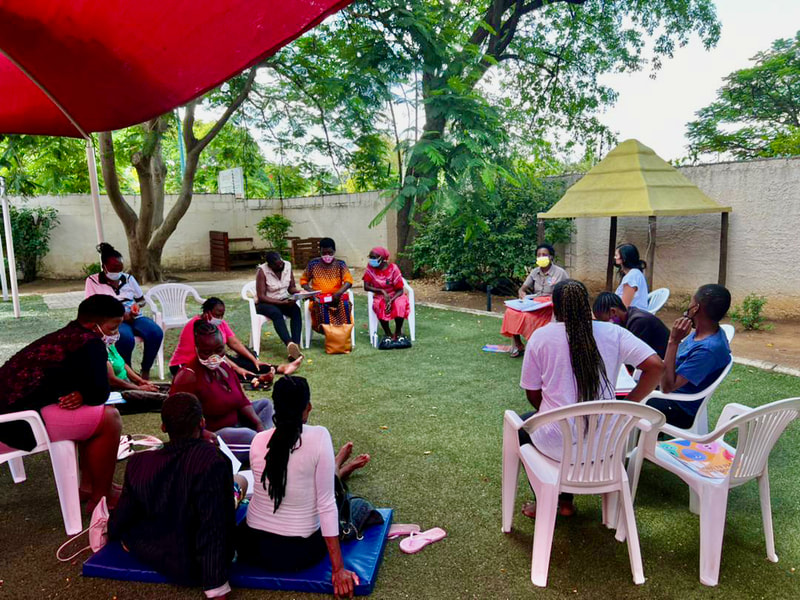
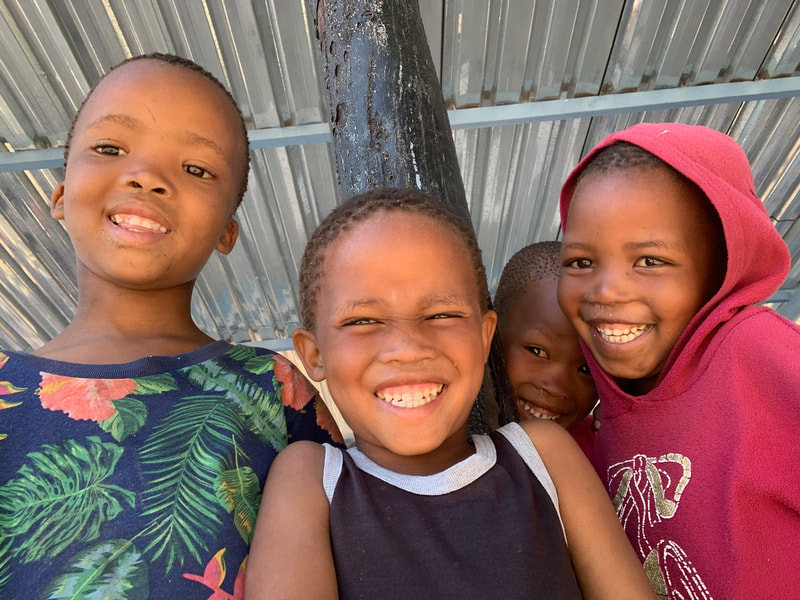
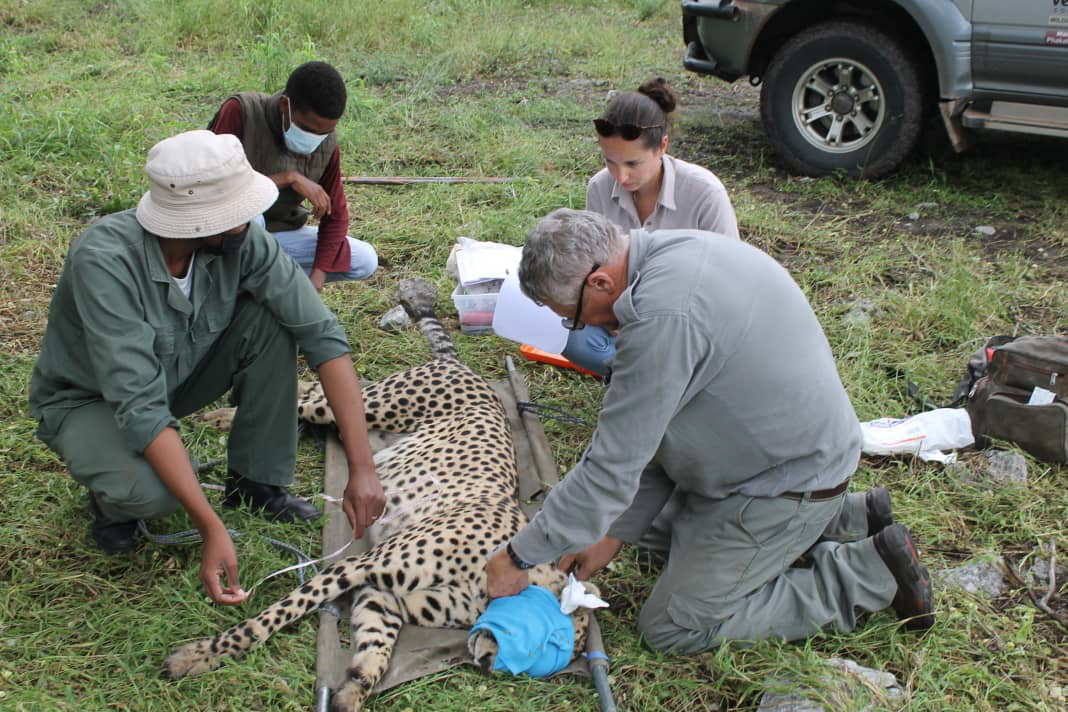
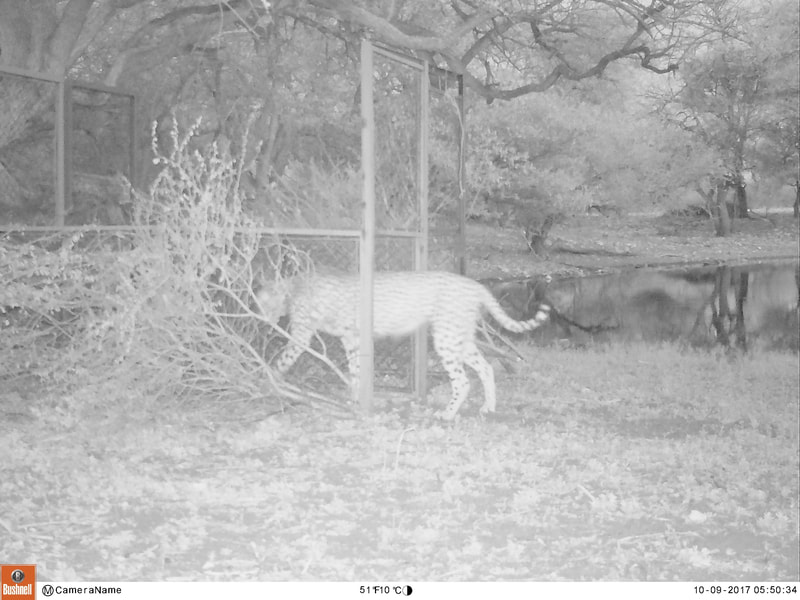
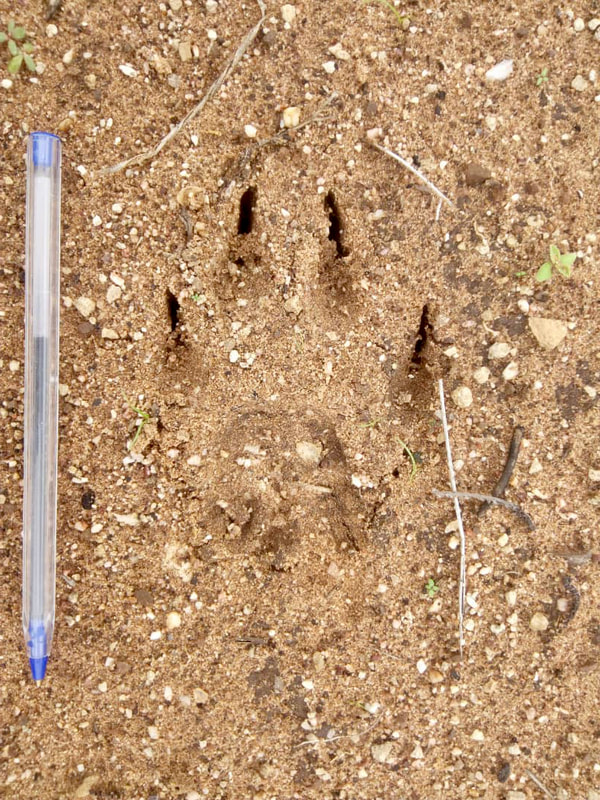
 RSS Feed
RSS Feed
